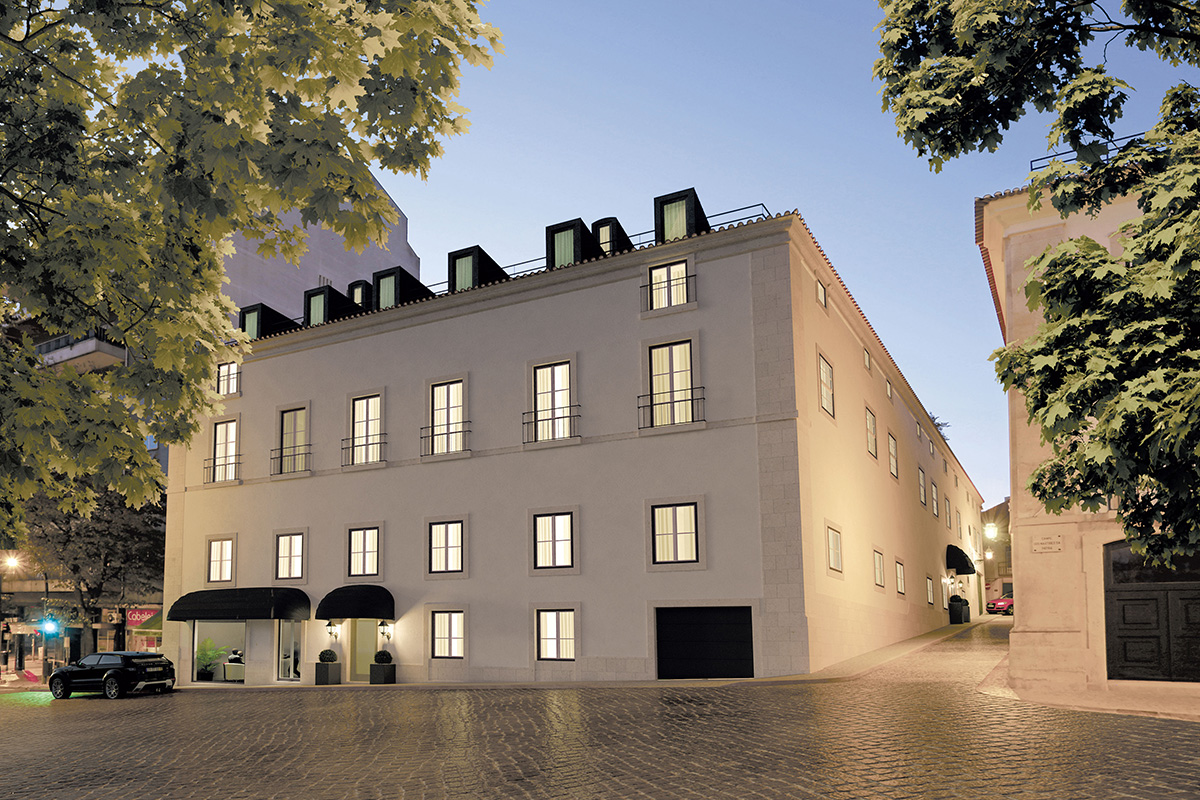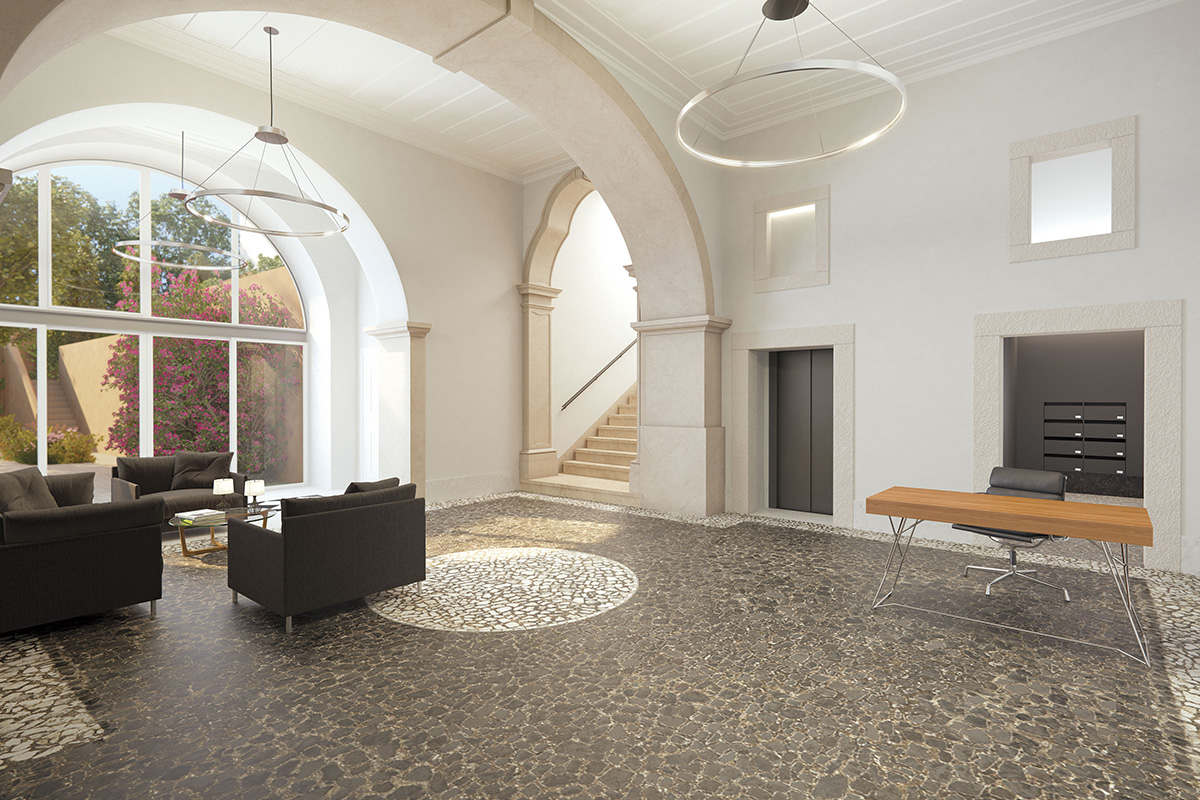ARCHEOLOGY
SOLAR DE SANTANA, A NEW PERSPECTIVE ON THE TRADITIONAL
-
Solar de Santana is one of the oldest and most fascinating buildings in the Campo Santana area. Built in the 17th century, it was once known as Palácio Vaz de Carvalho or Casa das Torrinhas. The oldest reference to this property dates back to 1661 by Cecilia Temudo in her study, Nobres Casas das Torres do Campo do Curral da Cidade de Lisboa.
In the early the 18th century, José Vaz de Carvalho took ownership of the property and invested large sums of money to refurbish the existing building. Based on documents dating back to 1973, the building would have comprised a number of rooms displaying a palatial like construction – recreating 15th century architecture and an idyllic residence of noble disposition.
Archeological studies beneath the building revealed that occupation of the property dates back to recent pre-historic times. It also revealed that specific details, structures and finishes pertaining to the property were constructed during different phases dating from the 17th century to the present.
Examples of this include the discovery of an extensive water and sanitation system that dates back to the 17th through 20th centuries. The water supply system was centered around a cistern, approximately 3m wide and 5.5m deep, found during the archaeological excavation works and is directly linked to the sandstone drainage ducts.
The historical layers of flooring buried in the soil under the building is associated to a terracotta tile pedestrian walkway level that was identified and interpreted to have been in use between the 17th and 20th centuries. This deep archaeological intervention also allowed us to collect elements and materials that can be placed between the ancient Neolithic and Chalcolithic periods, particularly, the rare and beautiful centennial walkway from the mid 18th century with black and white geometric motifs that were very typical in that period.
Why Solar de Santana is so Unique:
To preserve the historical heritage of the building, the walkway is currently being restored and maintained using a method similar to that used in Roman tessellate panels. This can be seen in the rendering of one of the entrances to the building.
The stunning 17th and 20th century tiles that will be retained throughout the building and in the apartments reflect panels with different themes that include abstract patterns and panels that tell a story. They are significant not only because of the artists’ evident skill, but more importantly because they are such rare elements outside of museums. The great artistic skill and mastery of the artists is easily observable in any of the abstract tile panels dominated by the typical themes of the era presenting imaginary characters (anthropomorphic) in strong but rugged strokes.



